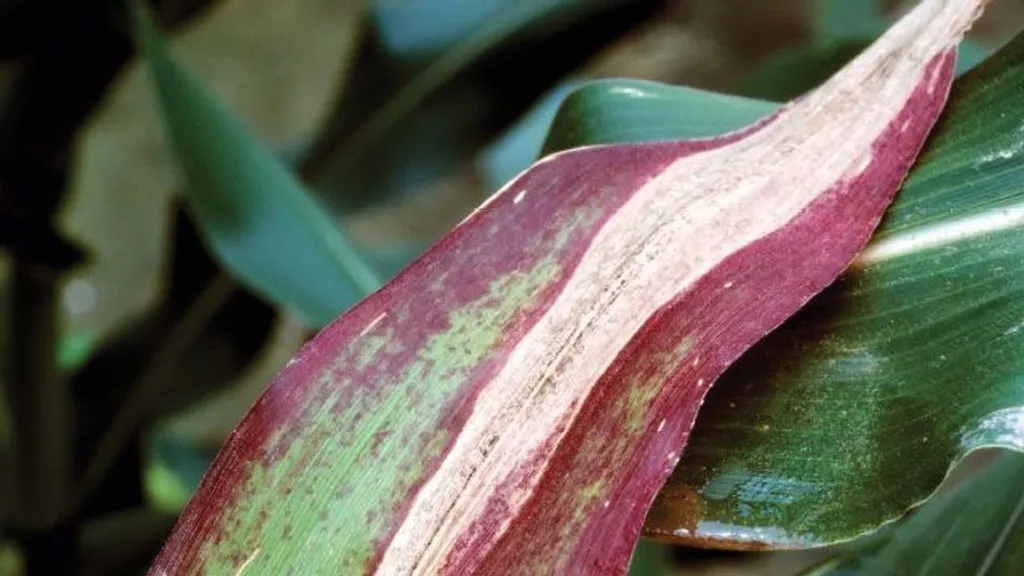In the heart of Moscow, at the Shemyakin-Ovchinnikov Institute of Bioorganic Chemistry of the Russian Academy of Sciences, a team of researchers led by Viktoriya Samarskaya is unraveling the intricate dance between plants and viruses. Their work, published in the journal ‘Viruses’ (which translates to ‘Вирусы’ in Russian), is not just about understanding this complex relationship but also about harnessing this knowledge to protect our crops and, by extension, our food security.
Plant viruses are a significant threat to global agriculture, causing substantial yield losses. Traditional methods of combating these viruses have had limited success, but the advent of high-throughput omics technologies—genomics, transcriptomics, proteomics, and metabolomics—has opened up new avenues for research. These technologies allow scientists to study the entire complement of genes, RNA transcripts, proteins, and metabolites in a biological sample, providing a comprehensive view of the biological status of the system and the underlying mechanisms of plant-virus interactions.
Samarskaya and her team are at the forefront of this research, utilizing these omics approaches to gain a deeper understanding of how plants and viruses interact. “By understanding the molecular mechanisms that govern these interactions, we can develop more effective strategies to manage and monitor plant diseases,” Samarskaya explains. This is not just about understanding the enemy but also about finding ways to bolster the plant’s defenses.
The potential commercial impacts of this research are substantial. In the energy sector, for instance, biofuels derived from crops could see a boost in production if plant viruses are effectively managed. Similarly, the agricultural sector stands to gain significantly from improved crop yields and reduced losses. The economic benefits are clear, but the environmental benefits are equally significant. By reducing crop losses, we can decrease the need for pesticides and other chemical interventions, leading to more sustainable agriculture.
However, the journey is not without its challenges. The sheer volume of data generated by these omics technologies is immense, and making sense of this data requires sophisticated computational tools and techniques. Moreover, the dynamic nature of plant-virus interactions means that the data is constantly evolving, adding another layer of complexity.
Looking to the future, Samarskaya and her team are excited about the potential of combinatorial use of these omics techniques. For instance, single-cell and spatial omics coupled with super-resolution high-throughput imaging methods and artificial intelligence-based predictive models could provide even deeper insights into plant-virus interactions. “This is an exciting time for plant virology,” Samarskaya says. “The tools and technologies at our disposal are allowing us to ask questions that we could never have dreamed of asking a decade ago.”
In conclusion, the work of Samarskaya and her team is not just about understanding plant-virus interactions but also about harnessing this knowledge to protect our crops and ensure food security. As we face the challenges of a growing global population and a changing climate, this research could not be more timely or more important. The future of plant virology is bright, and it is being shaped by the pioneering work of researchers like Samarskaya.

